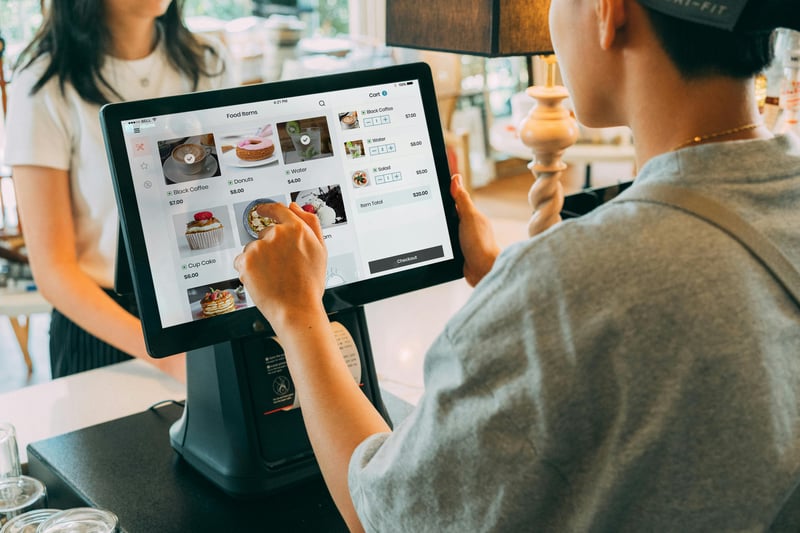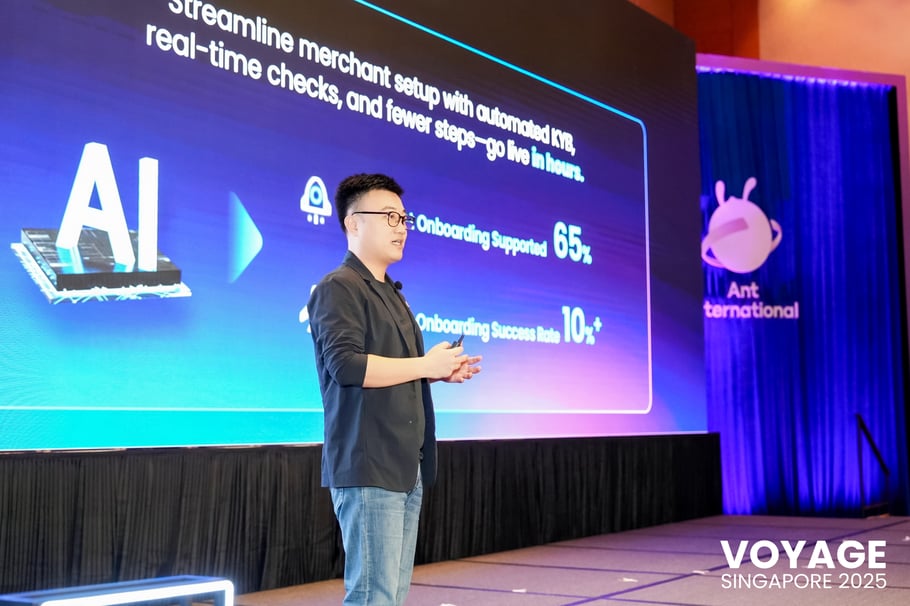For many e-commerce businesses, managing payments across regions, currencies, and providers can quickly become complex. Each new payment gateway or local payment method adds layers of cost, compliance, and technical integration. A payment orchestration platform offers a way to simplify this growing complexity.
How payment orchestration works
A payment orchestration platform acts as an intelligent middleware between your checkout and all your payment providers. It routes transactions dynamically based on rules you set—for example, sending local transactions to local acquirers for better success rates, or retrying failed payments automatically through another gateway.
The platform connects every element of the payment ecosystem:
- Payment gateways and processors that handle card, wallet, and bank transactions.
- Payment methods including local wallets, bank transfers, and cards.
- Fraud detection tools that manage risk and monitor suspicious activity.
- Reporting and settlement systems that unify reconciliation and payment data across multiple providers.
By using a payment orchestration platform, businesses gain one centralised view of their payment stack—covering everything from acceptance rates to chargebacks and refund management. It integrates with multiple payment service providers without requiring separate technical builds for each one.
Globally, the payment orchestration market continues to expand rapidly. In Europe, it was valued at USD 344.8 million in 2024 and is expected to grow nearly 20% annually through 2034. This reflects the growing demand for efficient payment routing and local payment methods across the continent.
Benefits of payment orchestration
A well-implemented orchestration layer can deliver measurable business results across several areas:
- Higher payment performance: Dynamic payment routing and intelligent retries increase authorisation rates, which directly improves revenue capture. In high-growth regions such as Asia Pacific, where the market is expected to reach USD 1.75 billion by 2030, such optimisation can significantly impact profitability.
- Local payment coverage: Support for local payment methods ensures buyers can pay with their preferred options, boosting conversion in each market. For merchants expanding internationally, offering familiar local payment methods has been shown to raise checkout success rates and improve customer experience.
- Simplified operations: Instead of managing multiple integrations and reconciliations, finance and payment teams work through a single interface. This centralisation improves operational efficiency and reduces errors.
- Cost efficiency: The ability to route transactions through the most favourable provider reduces processing fees and foreign exchange costs. In global commerce, even minor fee reductions can translate into major savings across thousands of transactions.
- Stronger fraud prevention: Built-in fraud detection and risk management tools minimise chargebacks and protect revenue. This is crucial in markets like cross-border e-commerce, which grew to over USD 212 billion in 2024, where risk exposure is naturally higher.
Reasons you might need a payment orchestration platform
Improve transaction success and revenue optimisation
Authorisation rates vary widely depending on geography, card type, and provider. Payment orchestration enables smart routing—sending each transaction through the gateway most likely to approve it. Auto-retry logic further helps recover failed payments, increasing overall payment acceptance.
Enhance operational efficiency and flexibility
With orchestration, your team no longer needs to maintain multiple separate integrations or reconcile data from several systems. It consolidates gateways, processors, and payment data into one interface, saving time and reducing manual effort.
Reduce costs
Orchestration helps you route transactions via the lowest-cost provider or acquirer, avoid unnecessary cross-border fees, and manage multiple currencies efficiently. It also simplifies reporting, reducing operational overheads. In regions where currency conversion or cross-border fees can exceed 50% of transaction costs, this capability is especially valuable.
Manage security and compliance
By centralising payment flows, orchestration platforms help maintain consistent fraud prevention and data protection standards. They support compliance frameworks such as PCI DSS and provide unified tools for fraud detection, transaction monitoring, and dispute management.
Optimise data and reporting
Access to centralised payment data helps you monitor performance across providers, identify trends, and improve decision-making. Comprehensive reporting supports forecasting, reconciliation, and revenue analysis.
When is a payment orchestration platform most beneficial?
- High-volume merchants and enterprises: Even small improvements in authorisation or transaction cost can produce significant financial impact. For example, a 1% lift in success rate can translate into millions of additional approved transactions annually.
- Global or cross-border e-commerce: For businesses operating in multiple countries, orchestration simplifies managing local payment methods, currencies, and regulatory requirements.
- Businesses using multiple PSPs: When managing several payment service providers becomes complex, orchestration brings everything into one system.
- Merchants with high failure rates: For companies losing revenue due to declines, payment routing and retry mechanisms can directly improve success rates.
Factors to consider when choosing a payment orchestration platform
- Flexibility and integrations: Choose a solution that integrates easily with your current gateways, processors, and systems. The platform should adapt to your existing payment stack, not replace it entirely.
- Core performance features: Look for advanced routing logic, auto-retry capabilities, and uptime reliability. Real-time monitoring and reporting are essential to maintain high payment performance.
- Payment method diversity: Support for a wide range of local and alternative payment methods improves the customer experience and conversion rates, especially in emerging markets.
- Global reach and scalability: Ensure the platform can handle multiple currencies, settlement routes, and regulatory frameworks as your business enters new markets. This is particularly relevant given the rapid expansion of cross-border C2B transactions in the e-commerce sector.
- Security and compliance: Strong fraud detection and fraud prevention capabilities are non-negotiable. The platform should include tools for risk scoring, 3D Secure handling, and transaction monitoring.
- Cost and pricing structure: Understand the total cost—including transaction fees, setup costs, and any volume-based charges—to confirm the return on investment.
- Support and expertise: Global payments are complex. Look for a provider that offers local market knowledge, responsive support, and ongoing technical assistance.
Conclusion
A payment orchestration platform simplifies how you manage payment gateways, providers, and data. It helps you improve success rates, reduce costs, and support more local payment options while maintaining security and compliance.
For businesses expanding into new regions or managing multiple payment service providers, orchestration brings structure and visibility to a complex ecosystem. Antom offers orchestration capabilities that connect global payments in one streamlined flow—supporting your growth wherever your customers are.





